Traffic congestion has always been one of the most serious issues in big cities, especially during peak hours. If you are living in Metro Manila, chances are you have to suffer road rage and anger behind the wheel during heavy traffic at least once every week.
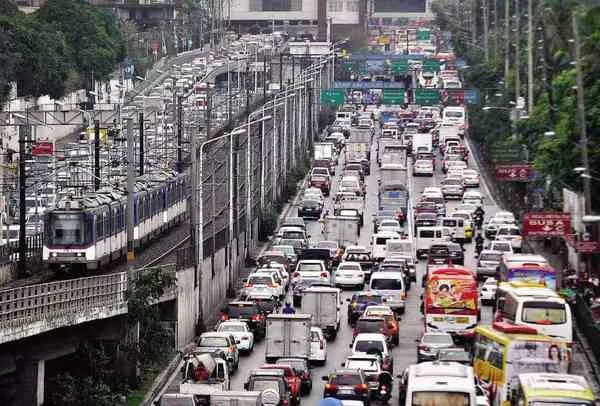
The traffic congestion even gets worst during the peak hours
There is nothing worse than getting stuck for hours in the traffic jam. While this annoying situation seems to be unavoidable and too familiar with urban motorists, it is still important to remember some rules so as to ensure the safety of you as a driver and other passengers.
Today, Philkotse.com would like to suggest the following 7 driving safety tips for surviving traffic congestion in the Philippines.
How To Drive To Reduce A Traffic Jam
1. Maintain a steady speed & use the right lane
Driving at the right lane and obeying road signs will help you avoid accidents and other traffic problems. Maintaining a steady speed is also important because accidents are more likely to happen when drivers suddenly speed up or slow down while in a heavy traffic.

Using in the right lane and obeying road signs will help you avoid accidents or other traffic problems
2. Look over your shoulders into the blind spot
Although rear-view mirrors allow motorists to have a wide angle of the surroundings behind, there are areas that you can’t observe in the mirrors which are the blind spots. Overlooking your shoulders helps minimize blind spots, especially when you want to change lane or back your car.
So besides looking at the rear-view mirrors, you also need to observe carefully the nearby vehicles.
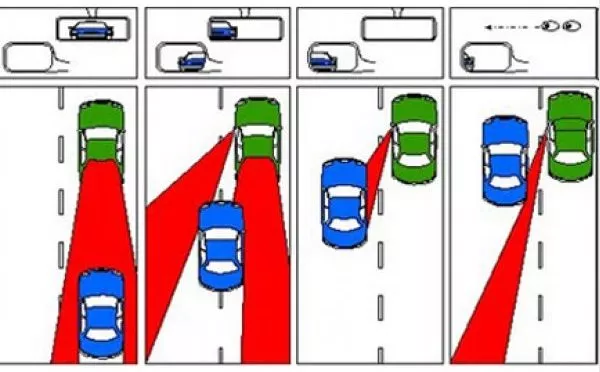
There are areas that you can’t observe in the mirrors which are the blind spots
3. Maintain a safe following distance when driving
You should keep at least 60cm of space between your car and the vehicle in front of you so that you can avoid hitting it if you brake abruptly. And remember to press the brakes very firmly when you need to stop.
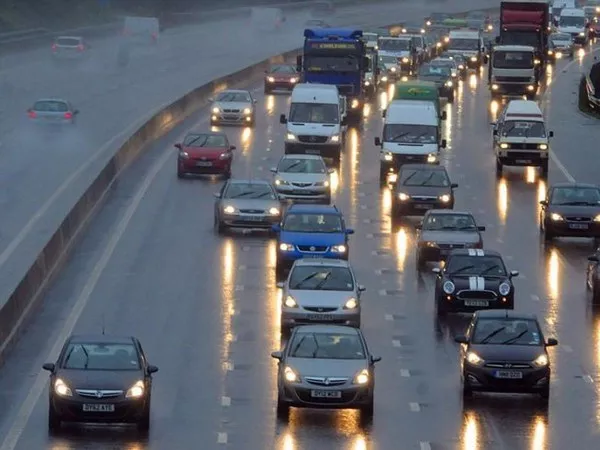
The safe distance between cars is at least 60cm
4. Use the steering wheel carefully to guide your car correctly
At rush hours, turning the car at intersections is really difficult. You need to turn your steering wheel carefully and flexibly, and try to do it as quick as possible in order not to jam the road.
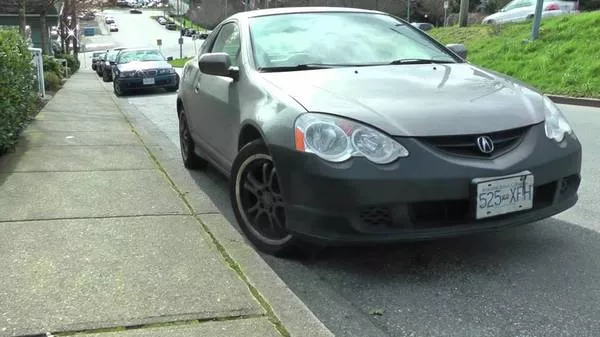
Turn your steering wheel carefully to guide your car correctly
5. Use the signal light
Using the signal light helps other road users know you plan to change lanes. This will keep you and other drivers safe and prevent accidents. However, you need to signal early enough to let them know your movement from afar. Don’t signal too early because you may give the wrong message to vehicles behind.
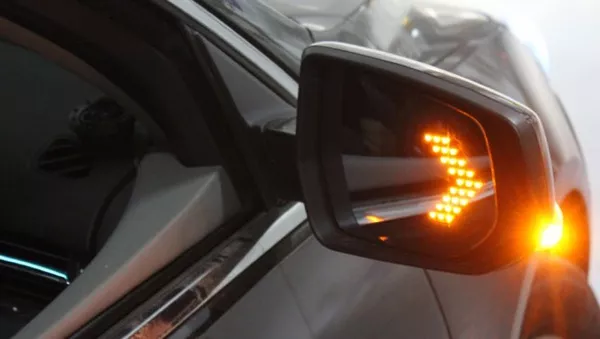
Using a signal light helps other road users know your movement
6. Always equip your car with the rear-view mirrors
All cars should be equipped with rear-view mirrors. Sometimes we need to look backwards to see if there is a car approaching us from behind, for example when we want to turn our direction or stop abruptly. The rear-view mirrors help you observe the vehicles behind, especially at intersections or when you want to change lanes.
>>> Read more: How to adjust rear-view mirrors for a safe drive
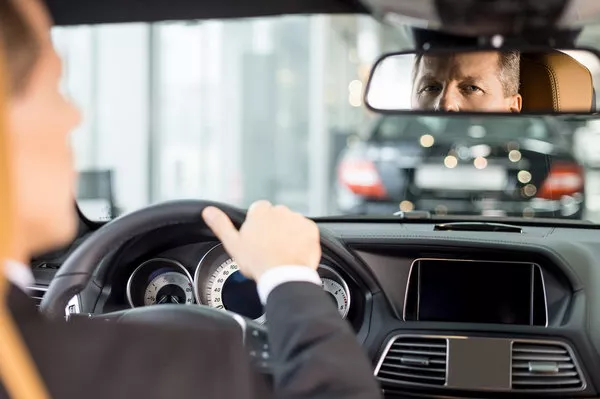
The rear-view mirrors help you observe behind, especially at intersections or when you want to turn direction
7. Choose your parking spot carefully
Choosing a parking spot in heavy traffic congestion is really hard! To avoid a parking ticket or other traffic problems such as hitting other cars due to parking too close to them or blocking the driveway, you should observe the rearview mirror, always keep your foot on the brake. Do not move your head out the car window; if the situation is too hard to park your car correctly, ask someone to lend a hand.
>>> Worth to note: Finding a parking spot in PH: How to avoid parking mayhem during Christmas
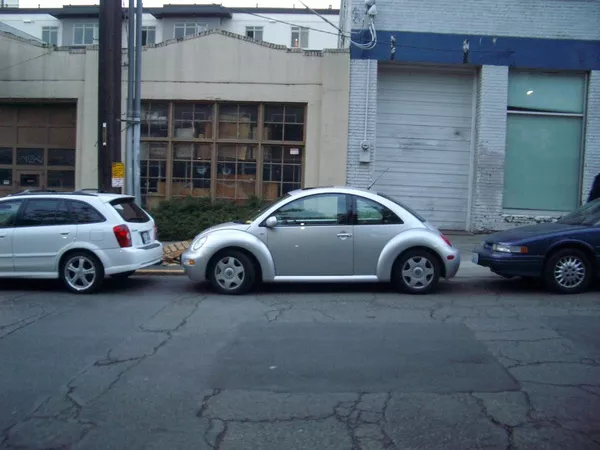
To avoid a parking citation and other traffic problems, you should choose your parking spot carefully
Recent posts
- A primer to traffic congestion in the Philippines Oct 14, 2020
- SLEX Traffic Advisory: Latest traffic updates, Toll rates, Rules & Regulation Oct 31, 2023
- The Guide to Parking at Naia Terminals: Rates, Advice & More Nov 30, 2022
- Top 5 major causes of traffic in the Philippines May 04, 2020
- The guide to paid parking and parking spaces for rent in Manila Aug 16, 2022











